I have been trying to design an LNA in the 24 GHz ISM band using CE3520K3.
The FET is inherently unstable and one cannot use resistor loading at the input, resistive loading at the output, source inductor or drain gate feedback (RLC) circuit to stabilize the FET.
The only way to stabilize it is probably to use a bandpass filter at 24 GHz, with a very low bandwidth.
This filter might be used at its out- or input, but the best way might be to use it at the FET's output to preserve the noise figure.
Another limitation at 24 GHz is that there are no capacitors that behave like capacitors (i.e. the series resonant frequency of the capacitors is much less than 24 GHz). So has anyone designed an LNA using CE3520K3?
I have designed filters at 24 GHz using AWR MWO and Ansys HFSS. I can make the amplifiers stable using a bandpass microstrip filter. Also, I am using interdigital microstrip capacitors for blocking the DC. For dc bias at the gate and the drain, I am using quarterwave microstrip lines to get an RF open.
I have asked the guys at CEL for an application note or any circuit that they have used to design the LNA. But they do not seem to have any application note or a circuit.
This is the plot of the input and output stability circles. You can see that the pink color plots are the input stability circles and the blue color plots are the output stability circles. These circles are plotted in AWR MWO.
